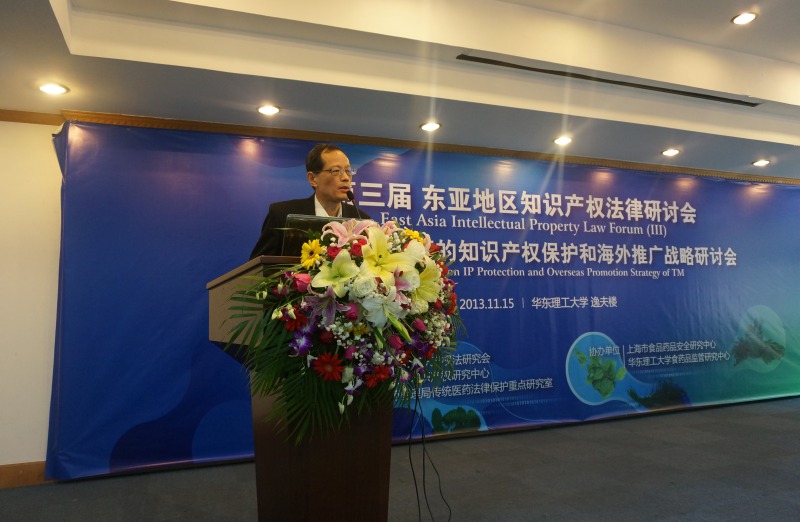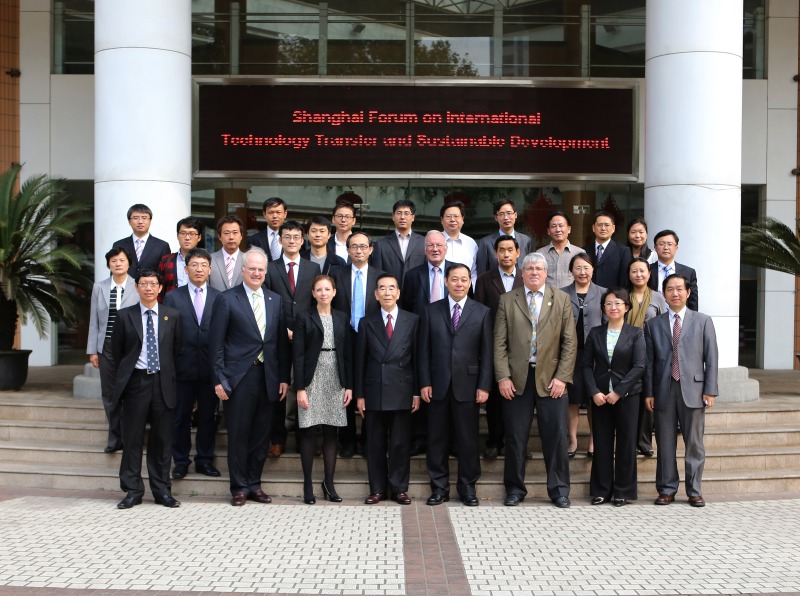Confucian Cultural Relics Such as Ancient Academies Have been Founded in Laosicheng Relic
Laosicheng, the ancient capital of thechieftain in southern China remote from the central plainwhich is located in Hunan Province, was regarded as a wild unsettled land.Recently, according to a series of archaeological findings, there are manyrelics such as academies and Wenchang Pavilion in Laosicheng, which can oftenbe seen in the ancient central plain, embodying the Chinese Confucian Culture.The newly unearthed and discovered cultural relics show that the minorities inthe governance period of the chieftain had accepted the Confucian culture camefrom central plain.
The Laosicheng relic, which was existed800 years earlier than the six year of Emperor Yongzheng(1728), was the political, economic, martial and cultural center of thechieftain, Peng’s governance. This relic is the best preserved chieftain cityrelic with the largest scale and longest history, showing the initiation,development and termination of the chieftain system.Nowadays, Laosicheng relic is applying for the world cultural heritage.
The Laosicheng relic, with a total areaof 25 square kilometers, contains eight functional zonessuch as palace district, administrative district, judicial district, burialdistrict, religious district, cultural and educational district, residential districtand workshop district. The cultural and educational district is where theyreceived the education from the central plain and conducted religious rituals andlearning.
The relics such as Guandi temple andWenchang pavilion located in the cultural and educational district of Laosichengrelic are architectural relics reflecting Confucian culture and were built bythe chieftain, Peng Yuanjin. The total area of this relic is about 600 square meters.The gateway and step under the residual wall are all built by grait. TheWenchang pavilion adjacent to Guandi temple is a three layers of double-hippedroof type wooden buildings with the national styleof Tujia nationality. All these architectures reflect the Confucianculture and are the advancement of the feudal legal system civilization.
Note:
Chieftain: System ofappointing national minority hereditary headmen in the Yuan, Ming and QingDynasties.
Time:2015.5.7
Source: China Daily
next:Xiangshan Hualuogu Drum Performance, the Provincial Intangible Cultural Heritage of Suining City


